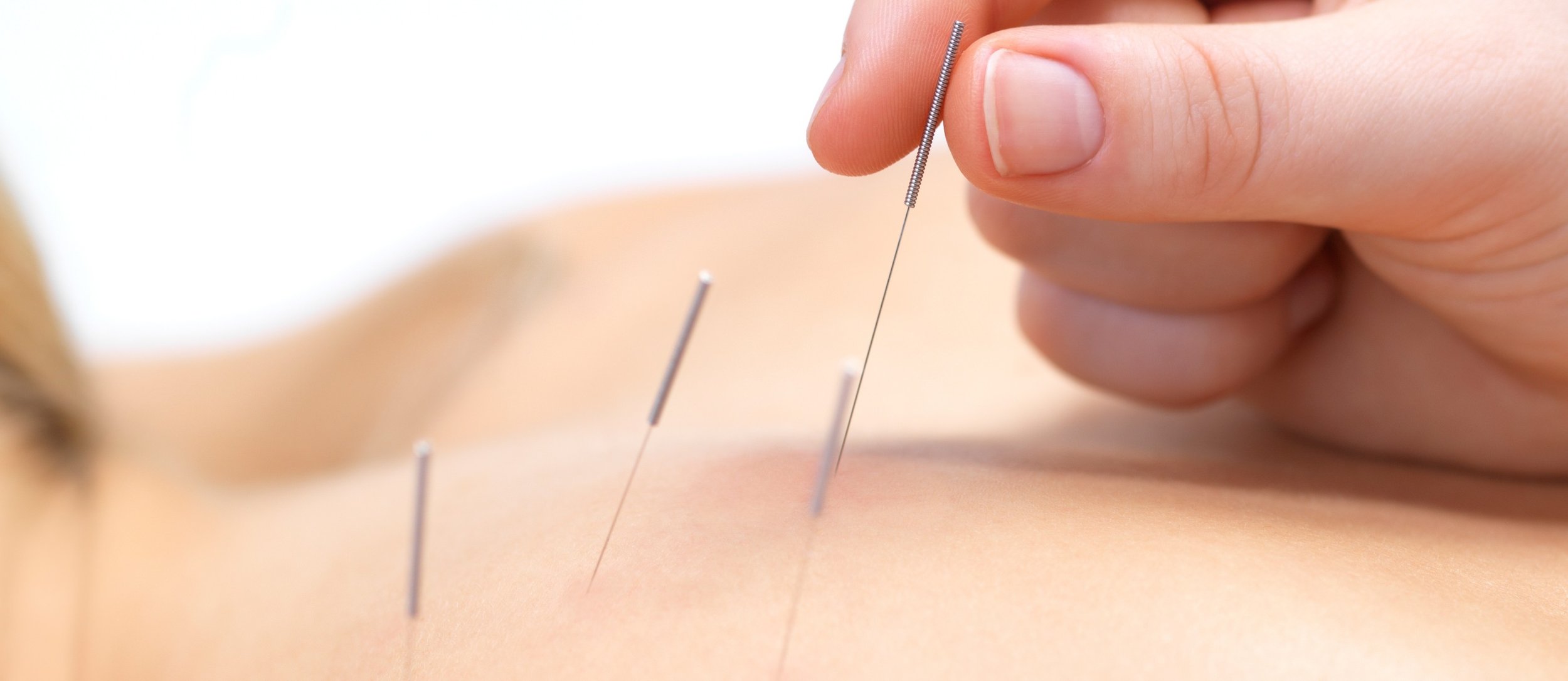10 Simple Tips to Maximize the Benefits of Dry Needling
Dry needling can be an effective tool in managing pain and promoting muscle recovery, but like anything, small tweaks can make a big difference.
Here are 10 straightforward tips to help you get the most out of your sessions, without feeling overwhelmed:
1. Hydrate Before and After
Proper hydration helps your muscles recover more effectively and flush out metabolic waste. Drink water before and after your session to keep things moving smoothly.
2. Breathe Deeply
When the needle goes in, it can trigger a muscle twitch or discomfort. Focus on deep, slow breathing to calm your nervous system and help the muscle release more easily.
3. Move Gently Post-Treatment
After your session, engage in gentle movement like walking or light stretching to encourage blood flow and prevent stiffness. It helps integrate the benefits of the treatment into your body.
4. Apply Heat Afterward
Depending on how your body reacts, applying heat to relax tight muscles can amplify the positive effects of the treatment. You can have a warm shower or use a wheat bag. Listen to your body and apply whichever feels more soothing.
5. Get a Good Night’s Sleep
Your body does its best healing while you sleep. Prioritize rest the night after your session to allow the treatment to fully take effect.
6. Stay Active, But Don’t Overdo It
While movement is key to recovery, avoid intense exercise immediately after your session. Gentle activity helps, but pushing too hard can negate some of the benefits.
7. Eat Nutrient-Dense Foods
Your muscles need fuel to heal. Eating foods rich in vitamins, minerals, and anti-inflammatory properties (like leafy greens, lean proteins, and berries) can aid recovery.
8. Communicate with Your Practitioner
Don’t hesitate to let your practitioner know how you’re feeling during and after treatment. Everyone’s body responds differently, and small adjustments in technique can lead to better results for you.
9. Stay Consistent
Like most treatments, consistency matters. Dry needling is most effective when integrated into a broader care plan, so stick with your sessions and give your body time to adapt.
10. Be Patient with the Process
Change doesn’t happen overnight. Focus on the small improvements and trust that they build over time. Sometimes the biggest differences come from these small, consistent steps.
Bonus Tip: Keep Stress in Check
High stress can keep muscles tense and make it harder for the body to heal.
Incorporate stress-reduction practices, like mindfulness or simple relaxation exercises, to enhance the benefits of your dry needling treatment.
Remember, sometimes the smallest adjustments can have the biggest impact on your recovery.
These simple steps can help you maximize the benefits of dry needling without adding complexity to your routine!


